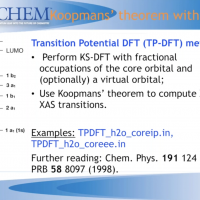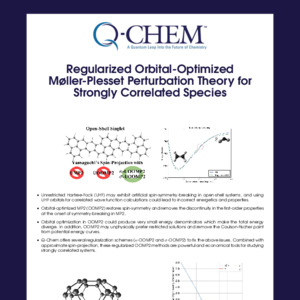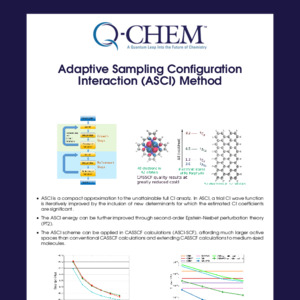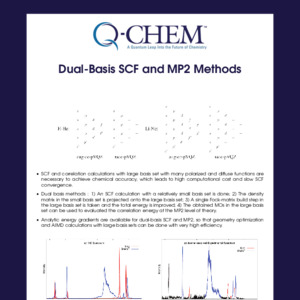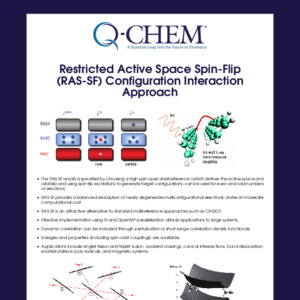Q-Chem Webinar 29
New Multi-Reference Methods in Q-Chem 5.1
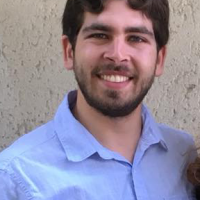
Dan Levine went to MIT for his undergraduate career where he received degrees in both chemistry and mathematics. While there, he worked with Richard Schrock developing molybdenum based catalysts for ethenolysis of olefins. He also spent some time working with Christophe Copéret at the Chimie Physique de Lyon in France, investigating silica surfaces. Daniel did his PhD jointly with Don Tilley and Dick Anderson at UC Berkeley where he studied catalysts based on early transition metals and f-block elements. He stayed at Berkeley to do a postdoc but entirely switched gears to theoretical chemistry, and joined Martin Head-Gordon’s group. As a postdoc, he developed novel electronic structure methods for energy decomposition analysis and treating multi-reference systems.
Abstract
New multi-reference methods have been added to Q-Chem 5.1 in order to treat strongly correlated systems. In addition to implementation of the standard Complete Active Space Self-Consistent Field (CASSCF) method and its analytic gradients, novel selected configuration interaction techniques have been introduced. Specifically, the Adaptive Sampling Configuration Interaction (ASCI) and its orbital-optimized variant, ASCI-SCF, can be used to obtain absolute energies with sub-kcal/mol (i.e. chemical) accuracy for active spaces of ~50 electrons in ~50 or more orbitals in a matter of minutes on a single core. Both theory and practice will be discussed.
